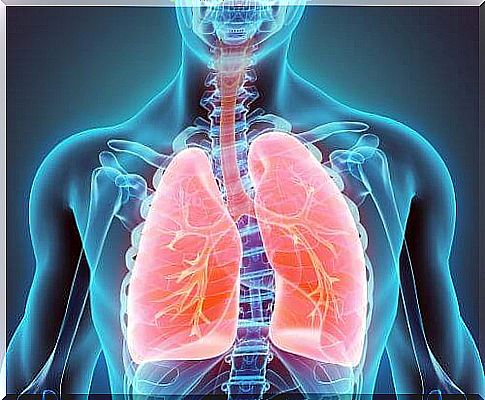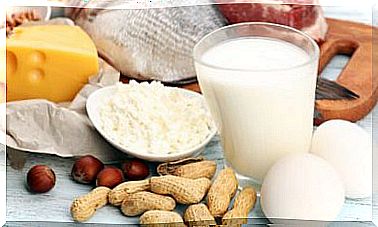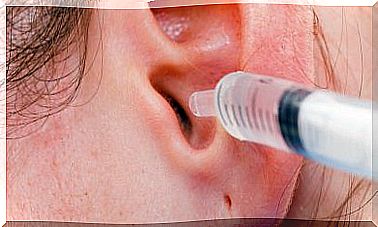The Phases Of Respiration
Breathing is an essential physiological process that we are often not even aware of. Still, without him life would not be possible. Here we tell you what breathing consists of and what its phases are.
What is the breath?
Respiration is a physiological process typical of living beings. Through it, we exchange gases with the environment. Oxygen, a substance necessary for all cells in the body to function properly, is introduced into the body.
Oxygen is exchanged for carbon dioxide. This gas is the result of metabolic processes that take place in the body. Cells use oxygen and, as a result, produce carbon dioxide. If it is found in high concentrations in the body, it is toxic, so it is expelled to the outside.
The entire process of breathing is carried out constantly, consciously or unconsciously. The moment we stop breathing for a short time, our cells stop receiving oxygen and stop performing their function, which in the end causes their death.

What are its phases?
We are going to do two classifications. One of them will be the traditional one, which is based on the phenomena that occur and that we can see with the naked eye in a person. The other will be the organic classification. This will classify the processes that occur at the cellular level during respiration.
Traditional phases of respiration
As we have already said, this classification will be based on processes that we can observe with the naked eye. We will pay attention, in this case, to the movements and the attitude that the muscles of our rib cage carry out.
Inspiration
In this phase, air enters the body from the outside. It does so through the nose and mouth of the person, through the larynx and up to the bronchi. These are the most distal part of the airway and are found inside the lungs.
In this phase, the chest muscles are making an effort to stretch. It is the active phase. As these muscles stretch, the rib cage becomes larger, expanding the lungs. The diaphragm drops. The pressure in the lungs becomes lower than outside, and the air from outside will enter without problem.
Expiration
In this phase, the carbon dioxide is expelled to the outside. This gas makes the reverse path to the air that enters. From the bronchi, it crosses the entire respiratory tree until it exits through the nose or mouth. In this case, what happens is that the muscles of the rib cage return to their relaxed posture.
As the rib muscles relax, the rib cage becomes smaller, the lungs contract, and the diaphragm rises again. Thus, the pressure is greater inside the thorax than outside and the air tends to escape. It is the passive phase of respiration.
Organic phases

These are based on phenomena that occur on a smaller scale, in the cells of our body. We detail them below.
External breathing
In it, gas exchange takes place between the environment and the person. As we have said, the air travels from the nose through the entire respiratory tree until it reaches the bronchi. The pulmonary bronchi end in a structure called the alveoli.
It is in the alveoli where gas exchange actually occurs. On the one hand, blood vessels with blood full of carbon dioxide and poor in oxygen from the rest of the body arrive at this structure. On the other hand, the oxygen-filled ambient air arrives.
The exchange takes place here. The blood, specifically the red blood cells, give up the residual carbon dioxide to the alveoli and absorb the oxygen from the outside from them. This oxygenated blood will travel to the rest of the body, nourishing the cells of all tissues with oxygen. Carbon dioxide, as we have already mentioned, will be expelled into the environment.
Internal breathing
It consists of the exchange of gases between red blood cells and cells. The blood that comes from the lungs rich in oxygen, gives this to the cells due to the difference in the concentration of this gas. Thus, the same thing happens with carbon dioxide.
Cells, which have produced carbon dioxide with their metabolism, are very rich in this gas. Likewise, due to the difference in dioxide concentrations between tissue cells and red blood cells, it passes into the blood.
This oxygen-poor, dioxide-rich blood will travel to the heart, from where it will be pumped to the lungs to re-oxygenate and repeat the process.









